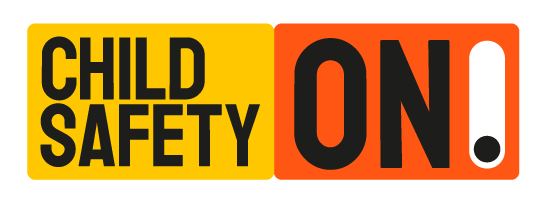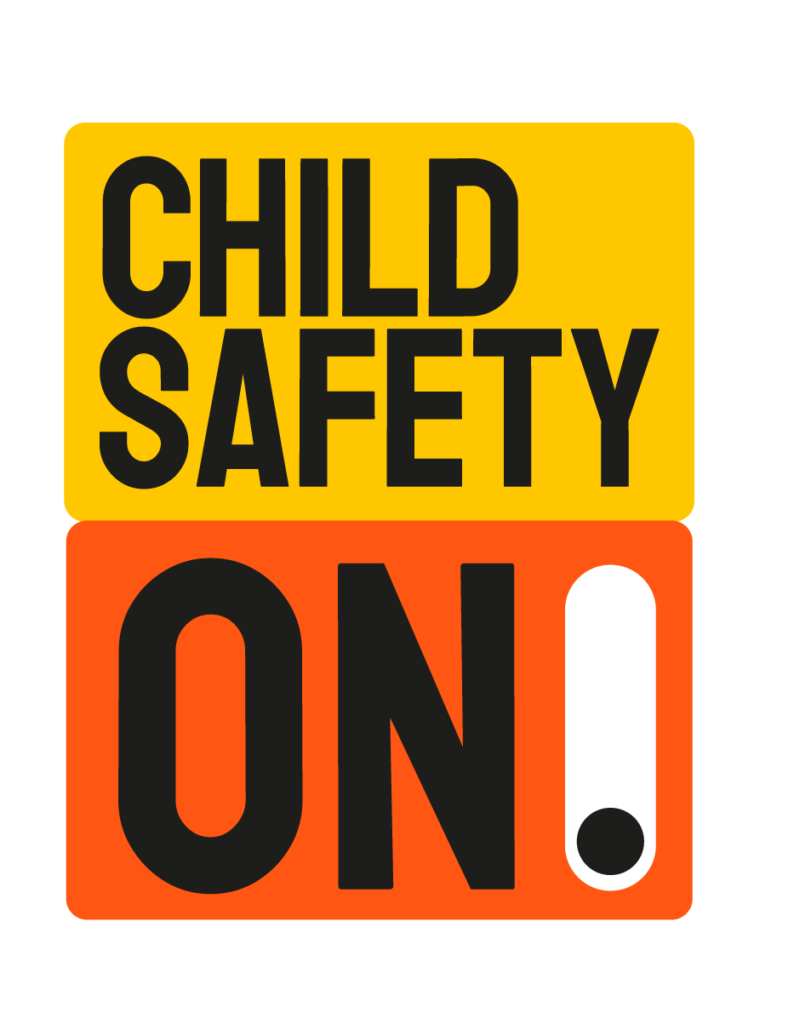
At ECPAT, we support a legal requirement for all online service providers to ensure the proactive detection, removal, and reporting of child sexual abuse material online. The EU Commission’s proposal is only the first step to a EU-wide and recognisable protocol to protect children online.
Whether it’s for educational purposes, to connect with their friends, or to just play, the data shows that the digital is the norm for the younger generations. This trend is only growing and as more and more children are entering into a fuller emersed live in digital spaces, so too will the criminals that wish to prey on them.
Digital platforms, as the owners/creators of these spaces, share a duty of care to ensure that the children who use their platforms are safe from child sexual abuse and exploitation.
It is time that we regulate the online world with child safety in mind.
Politicians in the EU are currently discussing a law that, if approved, will require online service providers to detect, report, and remove child sexual abuse online, including images and videos of children being abused (child sexual abuse material) and dangerous messages aimed at children (grooming). In addition, online service providers will be required to adopt strong safeguarding mechanisms, such as age verification tools, to prevent child sexual abuse online in the first place.


What do the EU citizens really think about data privacy and child protection online?
How far are we to ensure Child Safety Online in the EU? A timeline of events.
Towards online child protection in the EU
Why Does Online Child Protection Matter? Here is ECPAT Project Beacon to explain why
ECPAT welcomes European Commission’s proposal to prevent and combat child sexual abuse
What is ECPAT doing to ensure Child Safety Online in the EU?
Comment, like, and share to help us get the word out! #EUvsChildSexualAbuse #ChildSafetyON